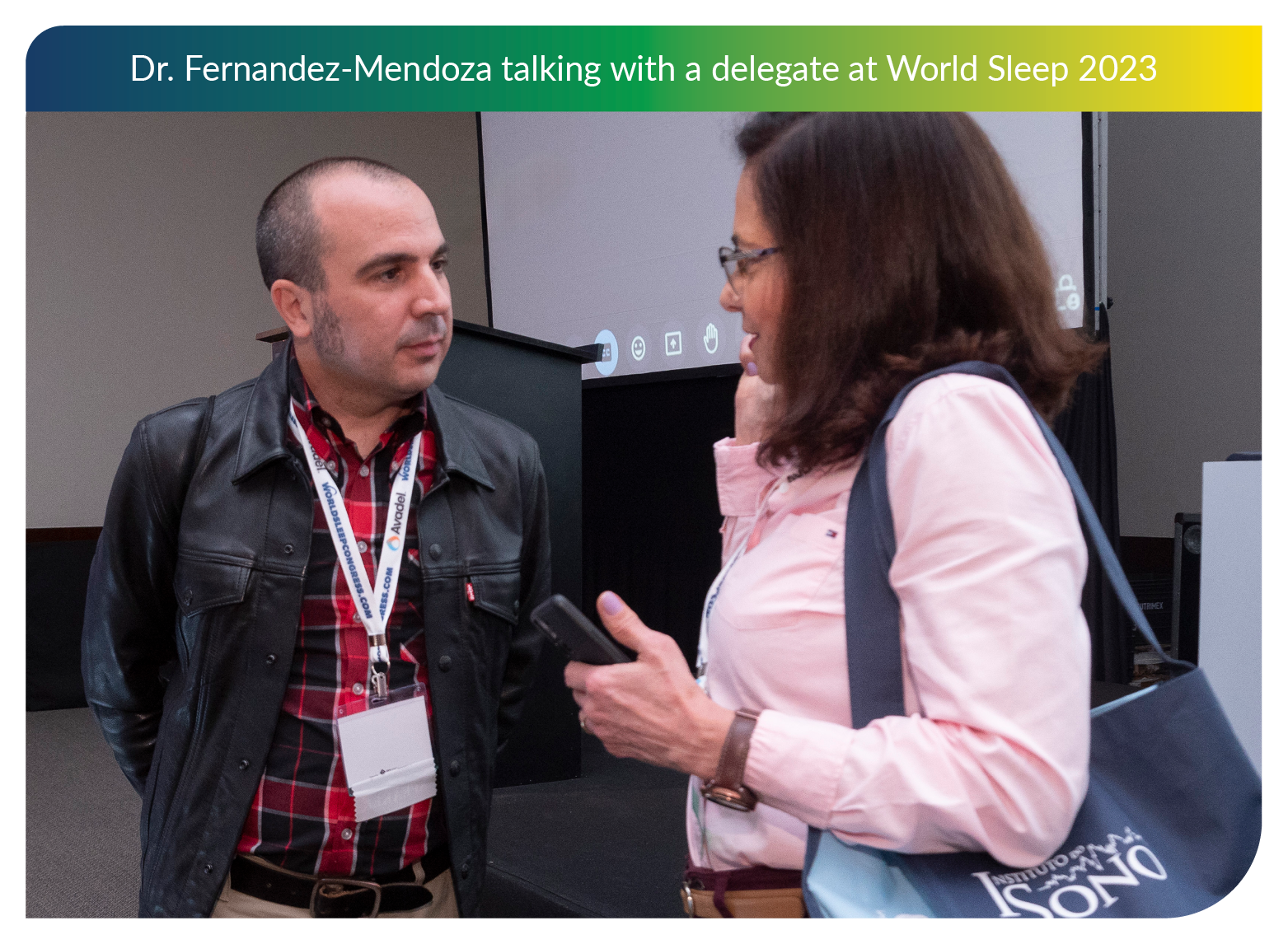
Adolescence is an important time of life. As a body goes through puberty, there are a lot of physical, emotional, and mental changes. Julio Fernandez-Mendoza, PhD has studied this phase of life to see how these changes affect the way we sleep. Many interesting findings about insomnia have been traced to adolescence.
By following a group of individuals from childhood (ages 5-12), through adolescence (13- 19), to young adulthood (20-30+), Dr. Fernandez[1]Mendoza and his team were able to track risk factors for insomnia and when insomnia began for the participants, when it ended, and if it ended.
Risk Factors
It has been widely acknowledged that insomnia is more common among women than men. It was thought decades ago that perhaps women were more anxious or depressed, and that was why they had more insomnia. But findings from this research showed a dramatic increase in insomnia in girls around the age of 11 or 12, when pubertal development starts in women. This led researchers to believe that physical body changes and psychosocial changes at this critical point in life may put women at greater risk of insomnia. In fact, females were two times more likely to have insomnia symptoms through young adulthood than males.
Racial/ethnic and socioeconomic-related factors also play a role in insomnia. Black children, regardless of the socioeconomic level of their household, and non-Hispanic white children from lower socioeconomic households were four and three times, respectively, more likely to have insomnia that started in childhood and persisted through adolescence compared to non-Hispanic white children of higher socioeconomic households. Black children were also 7 times less likely to outgrow insomnia in the transition to adolescence. As these children were followed again at ages 20 to 32, researchers were able to identify that of those who reported insomnia as a child, more than half (56%) continued to have insomnia as an adolescent and about one third (31%) developed insomnia in adolescence, of which 43% continued to experience insomnia throughout young adulthood. In addition, about only one in four (26%) had symptoms in childhood but symptoms were gone by adolescence. Insomnia is not something that you necessarily outgrow.
Other risk factors include mental and physical health conditions. In fact, mental health conditions often go hand in hand with insomnia and put children at risk of developing persistent sleeplessness. Smoking can also be a risk factor for insomnia. Any use of tobacco can lead to trouble sleeping. Migraines, headaches, or concussions can also be a risk factor for insomnia in youth, particularly those participating in contact sports. If a child has some of these conditions, it is more likely that they will develop insomnia or that if they already have it, that it will become a persistent problem. Earlier action to correct physical or mental health in relation to sleeplessness is essential.
If your child has some of these conditions, it is more likely they will develop insomnia or that if they already have it, that sleeplessness will become a persistent problem. The earlier you act on mental and physical health conditions and on sleeplessness simultaneously, the better.
Signs of Insomnia in Adolescents
How do you know if your child has insomnia? Some signs and symptoms of insomnia include difficulty initiating sleep, difficulty maintaining sleep, inability to shut off their mind at bedtime, feeling too alert at bedtime, daytime sleepiness or fatigue and attention or concentration problems. So, do not take your child’s report of inability to sleep loosely and simply tell them to go to bed as “at least they are resting.” Doing so is a mistake parents can make as lying in bed anxious or alert is what will fuel chronic sleeplessness. Ask your child what is going on or what is keeping them awake, as they may need to consult with a clinician.
What Can Be Done
Dr. Fernandez-Mendoza recommends the following three levels of action. Many people who experience childhood onset insomnia may experience symptoms for years, but there are effective treatments available. Policy and education are also critical to move forward.
First, public policy should reflect the importance of sleep like what has been done with physical activity, diet, and tobacco use. School start times could be adjusted to reflect the later circadian clock of adolescents. In addition, education on the importance of sleep and the critical role it plays should be part of the school curriculum for adolescents and their parents.
Second, clinicians need to be aware and willing to refer youth for help. When a parent expresses a concern that their child has difficulty sleeping, they should be referred to a sleep specialist. There are evidence-based behavioral treatments for insomnia that are effective and helpful.
Third, parents can look for signs and symptoms of insomnia and listen to a child who expresses that they are having trouble falling or staying asleep, then, seek help. For most children, sleeplessness will not just go away as they grow older.
Julio Fernandez-Mendoza, PhD is an Associate Professor of Psychiatry & Behavioral Health and the Director of the Behavioral Sleep Medicine Program at Penn State Sleep Research & Treatment Center, Penn State Health Milton S. Hershey Medical Center, Penn State University College of Medicine.



